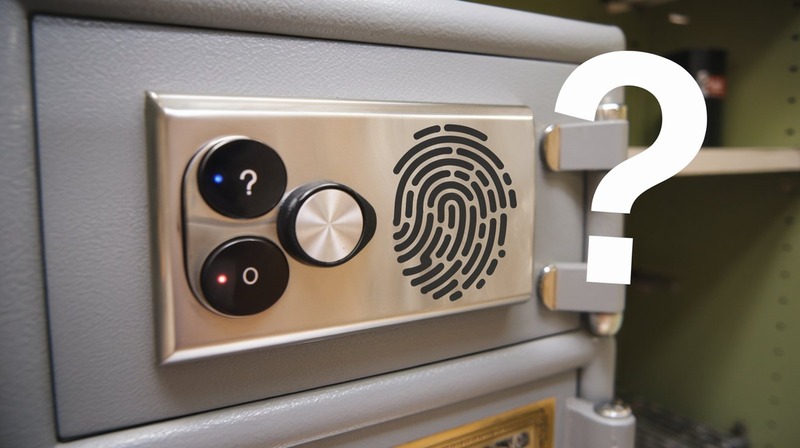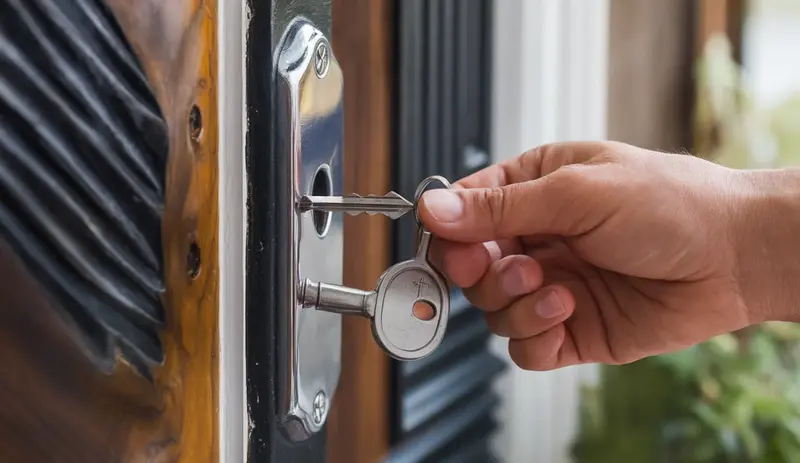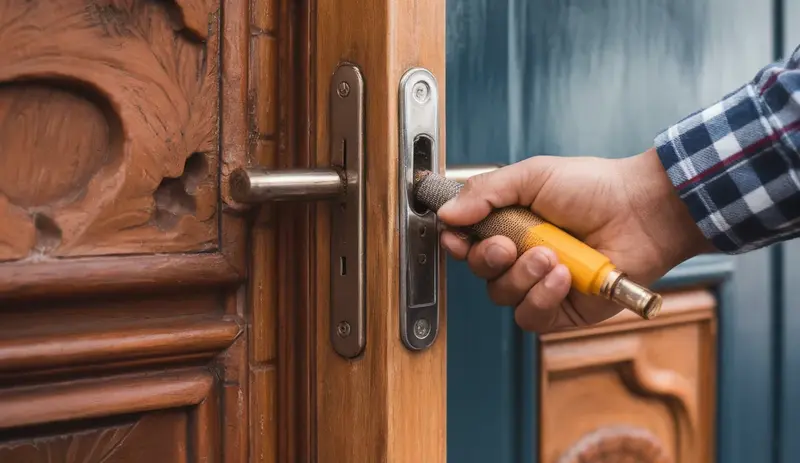
Picture this: You’ve just dropped $300 on a fancy biometric safe, feeling like a total tech genius. You’re imagining James Bond-level security, where only your unique fingerprint can unlock your most precious valuables.
But is it really that simple? Are these high-tech locks actually keeping your stuff safe, or are they just an expensive illusion of security? Most people assume that because something sounds complicated, it must be secure.
Biometric safes seem like they’re straight out of a sci-fi movie – your fingerprint is your key, no more fumbling with combinations or worrying about lost keys. But before you get too excited, there’s a lot more to the story.
How Do Biometric Safes Actually Work?
Let us discuss a technology that seems like something right out of a spy flick. Biometric safes use the unique physical attributes of their owners to allow access to the copyright-protected materials stored within.
The most common and reliable of these, as you might guess, bases its functioning on the analyses and measurements of the owner’s fingerprints. What you might not know is that these devices do not necessarily use the best imaging technology available. In fact, some use the same basic imaging technology that a low-end, drugstore-quality digital camera uses.
The sophisticated sensors that map the unique ridges, whorls, and other fine details of your fingerprint do the real magic, creating a digital template of your print, which they encode as a complex mathematical algorithm.
When you try to access the safe, it attempts to read your current fingerprint and compare it to the algorithmic template the sensors created when your fingerprint was first scanned, allowing entry only when there’s a near-perfect match.
The Good: Why Biometric Safes Seem Amazing
Here is something that these safes have in their favor: you’ll never again worry about forgetting a combination or misplacing a key. This technology is a win for families with kids or confusingly organized adults. I mean, really, is there a moment when a tiny key is easily found (without, say, a bold metal detector) that isn’t also the worst possible moment to be found?
And then there’s the part where you’re not writing down the code to the safe for anyone to find (nor are you writing down directions to a hidden code). Uh…not to add another concern to the parenting plate, but I think a lot of us do feel a bit nervous about safe storage when we don’t have a scene from Mission: Impossible playing out in our heads.
It is truly convenient. You can reach for your most prized possessions quickly and securely with just a single touch. There is no need to mess around, and there is no need to recall any sort of complicated numerical sequence. Your valuables are accessible in no time at all because of the one and only unbreakable code that is also the simplest: your individual fingerprint.
You May Like: How Do I Change The Combination On My Safe?
The Potential Weak Spots: What Most People Don’t Know
What’s the catch? Biometric technology isn’t as perfect as it seems. Hackers and security experts have learned some fun and interesting ways to potentially fool these systems. Not all biometric safes are created equal, and some of the cheaper models can be surprisingly easy to get into.
Some low-end safes can be tricked by very good photographs or even realistic reproductions of your fingerprints. It’s a bit like a tech-thriller plot – the very technology that is supposed to protect you might have some hidden vulnerabilities. That doesn’t make biometric safes a bad choice – they just are only as good as the model you pick.
When Are Biometric Safes Actually Worth It?
It requires a certain level of honesty to state the following. Not every set of circumstances demands this sort of high-tech security. When it might suffice to stow away some not-so-special cash and family heirloom photographs, a biometric safe seems like overkill. Yet, for essential papers, valuable baubles, or the delicate sort of items that no safe at all seems secure enough for-passports, for instance, or one-of-a-kind collectibles-a good biometric safe could be a smart buy.
Think about what you need. Are you safeguarding belongings that would really hurt to lose? Do you place a premium on fortification that’s way ahead of the curve? If those are you, and they’re not just hypothetical scenarios, then a biometric safe is something you should consider.
Choosing a Reliable Biometric Safe: What to Look For
When you are in the market for a biometric safe, it is all too easy to get caught up in the wow aspect of the technology. Instead, concentrate on the not-so-glamorous but essential details: how long will the safe work on a set of batteries, how will you access it if the primary method fails, and, most critically, how well does the scanner actually scan? A fantastic biometric safe will provide:
- Various entrance techniques (fingerprint and standard key)
- Extended energy supply
- Top-notch sensor craftsmanship
- Robust design
- Priced affordably
Keep in mind, the priciest pick is not invariably the finest choice. Investigate, peruse assessments, and select a safe that harmonizes security, convenience, and reliability. Check out our location for expert advice on choosing the right biometric safe.
Final Words
Biometric safes aren’t magic – they’re tools. Like any security method, they have strengths and weaknesses. The key is understanding what you need and choosing a system that matches your specific requirements.
Don’t just buy the shiniest option; do your homework and stay smart about your security. Pro Tip: No security system is 100% perfect. Always have a backup plan and consider multiple layers of protection for your most valuable items.


